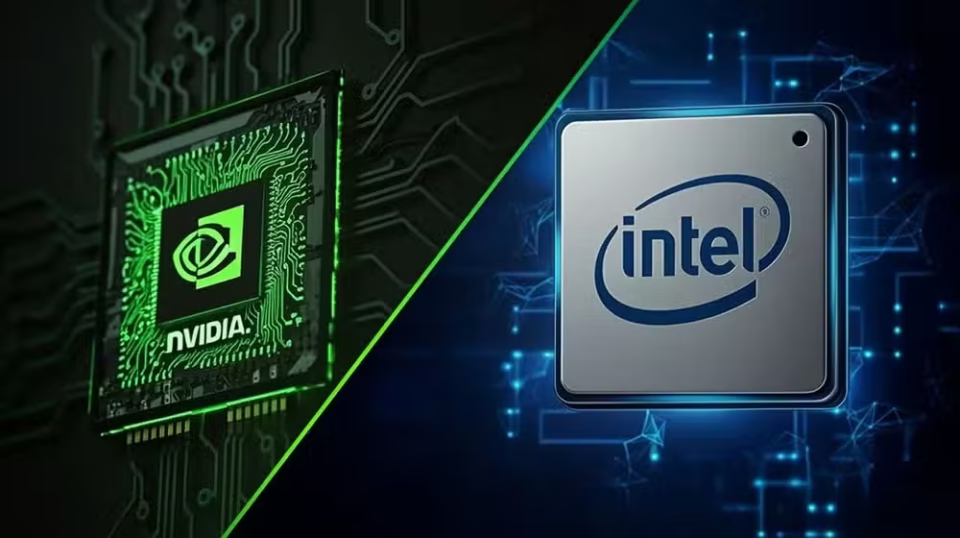Nvidia and Intel Announce $5 Billion Partnership to Build Next-Gen Chips
September 18, 2025 – In a landmark announcement, Nvidia and Intel revealed a multi-generation partnership to jointly develop advanced chips for data centers and personal computers (PCs).
Nvidia Invests $5 Billion in Intel
As part of the agreement, Nvidia will invest $5 billion in Intel stock at $23.28 per share. Nvidia CEO Jensen Huang described the collaboration as a way to combine Nvidia’s AI stack with Intel’s CPUs, while Intel CEO Lip-Bu Tan highlighted Intel’s packaging technologies and manufacturing strengths that will complement Nvidia’s accelerated computing expertise.
Two Major Product Lines
The partnership covers two chip categories:
-
Data Center Chips – Intel will design and manufacture custom x86 server CPUs for Nvidia, optimized for AI and high-performance computing.
-
PC Chips – Intel will produce x86 system-on-chips (SoCs) that integrate Nvidia GeForce RTX GPU chiplets, branded as Intel x86 RTX SoCs. These processors will target thin-and-light gaming laptops and compact desktops requiring strong CPU-GPU performance in a smaller footprint.
Advanced Features and Performance
The new processors will pair Intel x86 cores with RTX GPU chiplets connected via NVLink, delivering:
-
Up to 14x PCIe bandwidth with lower latency
-
Shared memory access between CPU and GPU
-
Stronger AI throughput through RTX Tensor Cores
This architecture marks a major leap beyond Intel’s 2017 Kaby Lake-G with AMD graphics, offering faster interconnects and seamless memory sharing.
Gaming and AI Benefits for Consumers
Because the integrated GPU is GeForce RTX, future Intel PCs will support:
-
Ray tracing for realistic graphics
-
AI-powered rendering
-
DLSS (Deep Learning Super Sampling) without needing a separate graphics card
This also means expanded support for CUDA and Nvidia AI software on Intel-powered systems, giving gamers and creators discrete-class GPU performance in smaller, more efficient devices.
Market Impact
Analysts say the deal is strategically important:
-
For Nvidia, it provides direct entry into x86-based systems.
-
For Intel, it enhances foundry credibility and strengthens its graphics portfolio.
-
For AMD, it increases competition across CPUs, GPUs, and gaming consoles.
Ultimately, consumers stand to benefit from powerful single-chip solutions that merge CPU and GPU performance, paving the way for slimmer laptops and desktops with higher efficiency.

